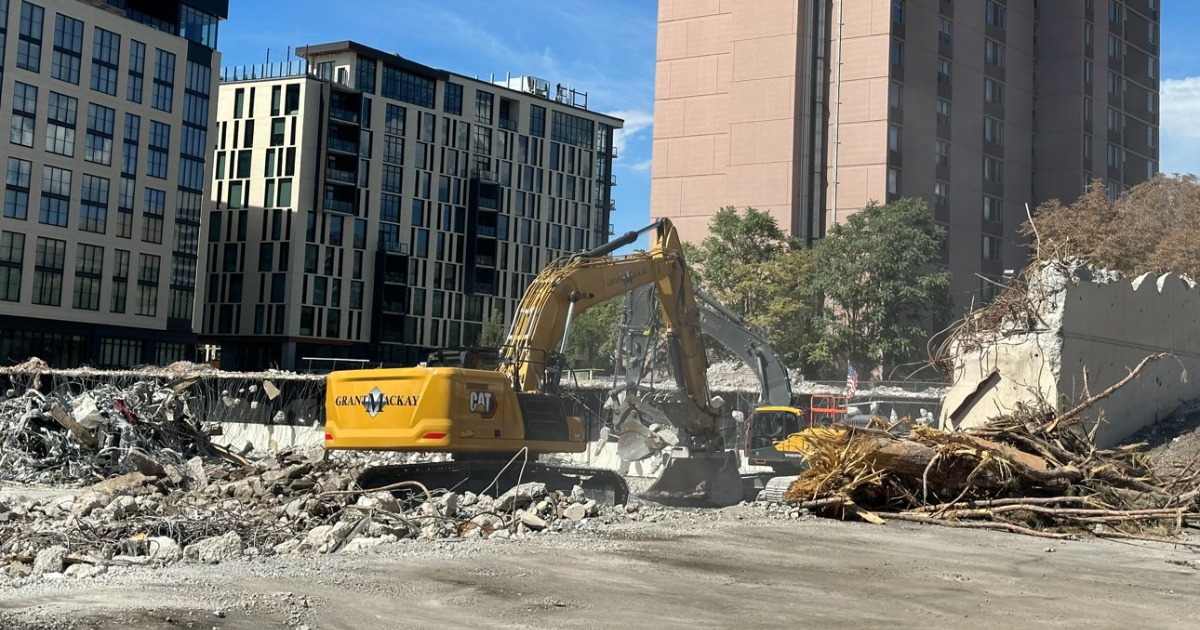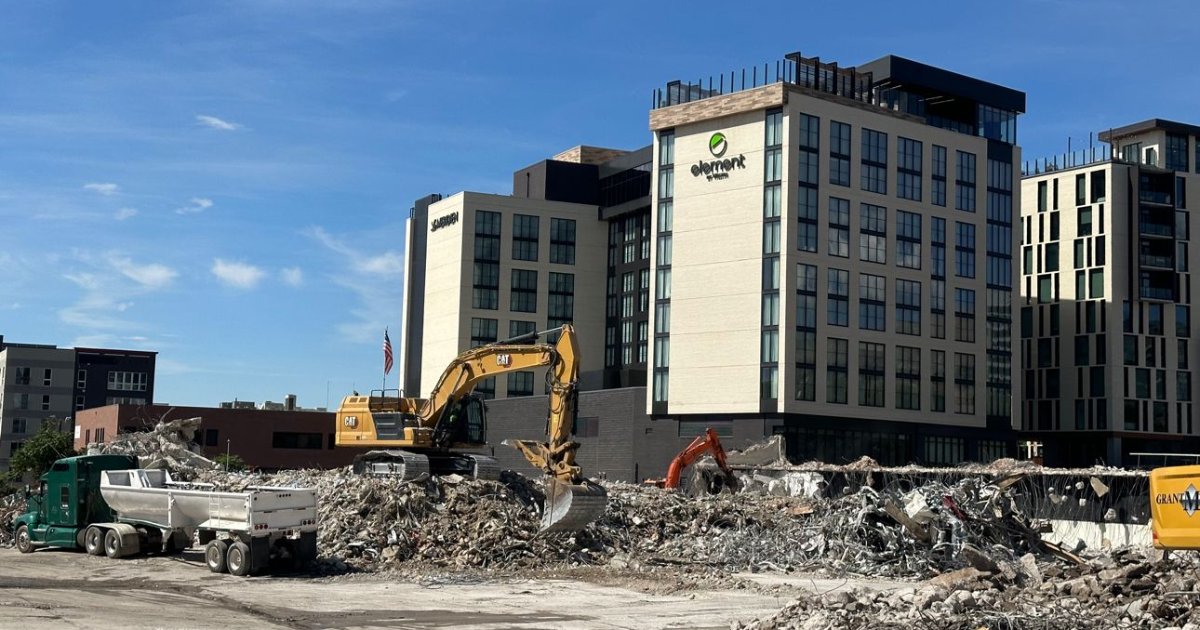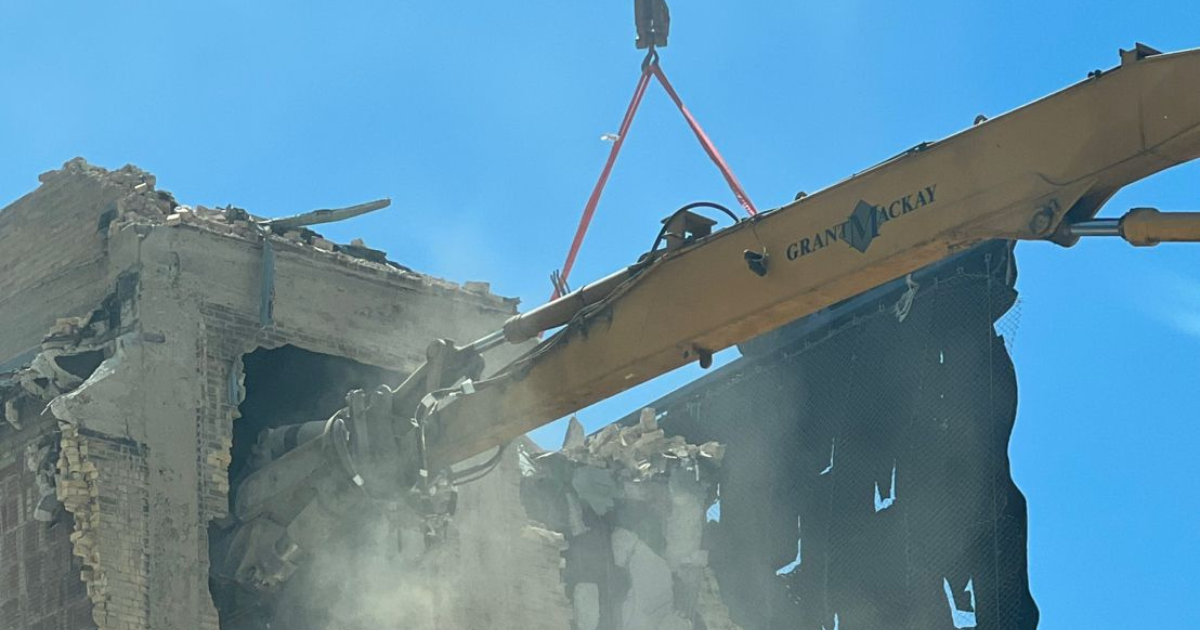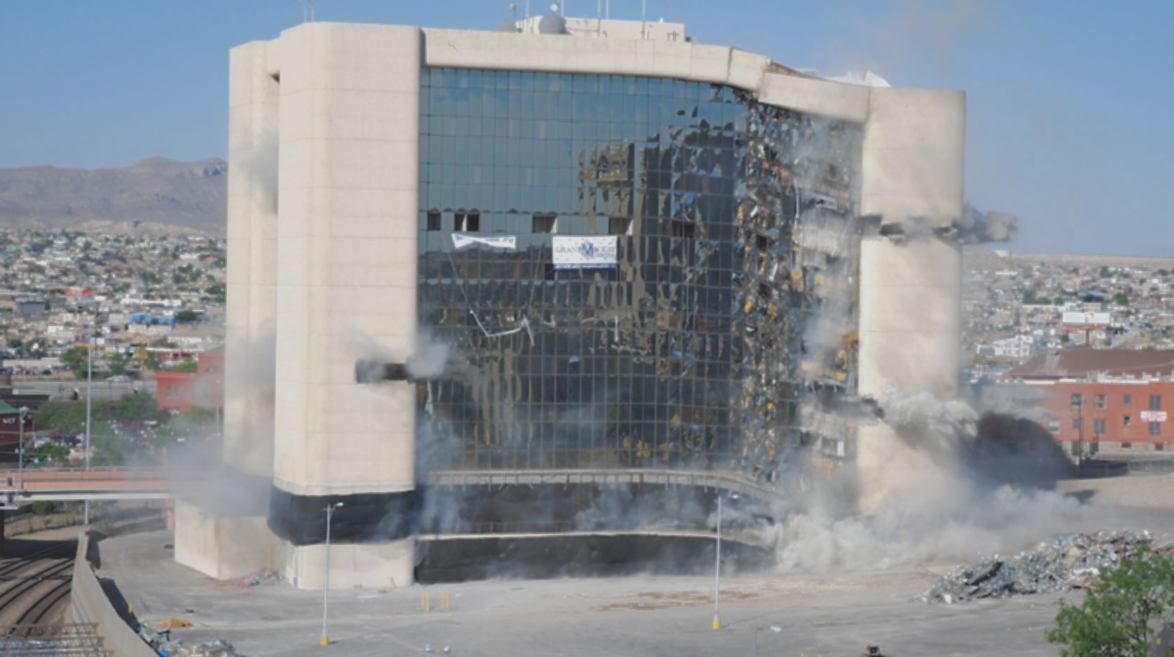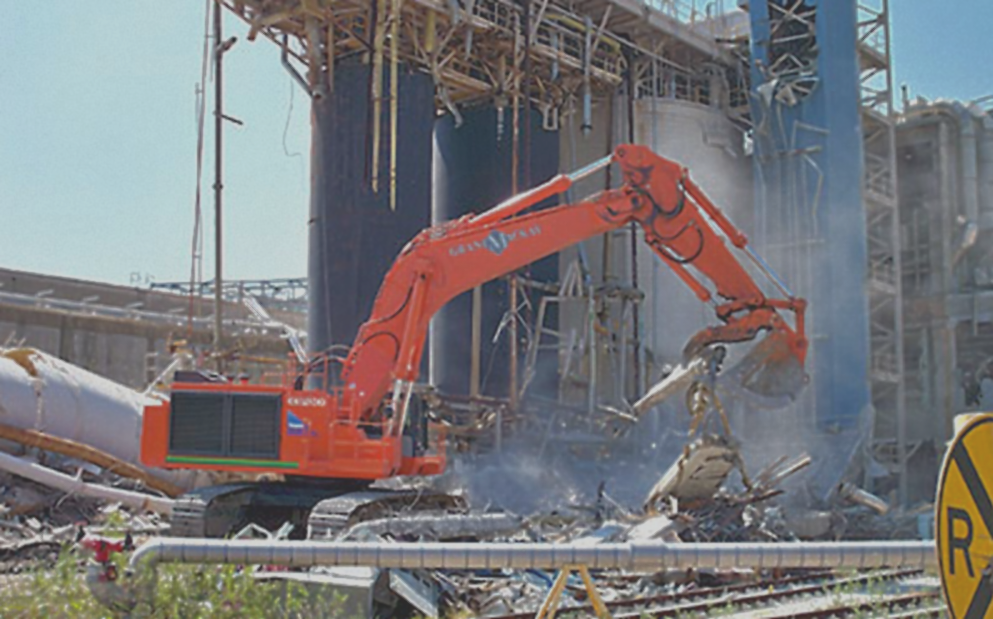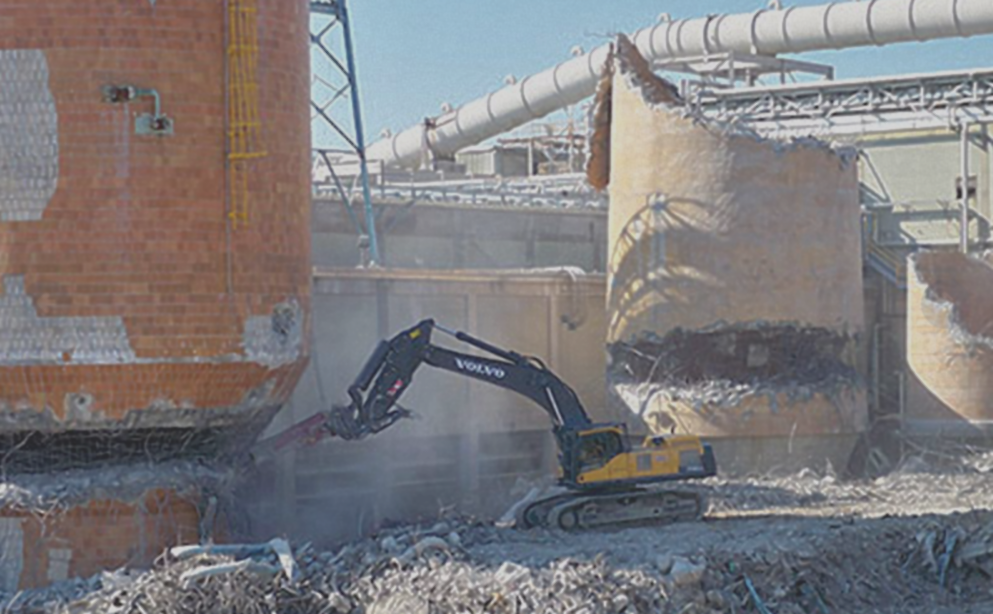GRANT
MACKAY
DEMOLITION
COMPANY
The Mackay family have been serving the USA since 1947. Grant Mackay Demolition Company is a 4th generation demolition company. Grant Mackay Demolition Company is the demolition and general contractor for your project! Our goal is to provide a service that exceeds expectation with everyone we do business with, provide a safe and good working environment, and provide demolition on a worldwide level.
Free Estimates & Free Demolition Quotes
No job is too big for us. We provide free demolition project estimates as well as free demolition quotes.
Fully Bonded & Insured
In accordance with our own high safety standards, we are a fully bonded and insured demolition company. Some are not, but we are.
Major Projects
Grant Mackay Demolition Company has completed demolition projects ranging in size from 1,000 sq.ft to 6,000,000 sq.ft
All Size Demolition
Again, no job is too big or small for us. We provide all types of demolition services.
We Work Worldwide
We will go anywhere for your project. We have a repertoire of projects as far as New Zealand.
Our Services
High Reach Demolition
Block 74, 75 & 76 Downtown Salt Lake City; 3 million square feet in building demolition including selective and technical demolition, all in the heart of a major US city
Commercial Demolition
Total demolition project of a steel mill covering 1,800 acres and over 5 million square feet of structure, including over 260,000 tons of steel removal
Commercial Demolition
Grant Mackay is an industry leader when it comes to commercial demolition work. We use highly precise demolition techniques to be able to work in close proximity to other buildings. Commercial demolition allows owners to recreate value of existing, underperforming commercial structures.
One of Grant Mackay’s most outstanding projects to date was the City Creek renovation project in Salt Lake City, UT. This project included the demolition of two multi-story buildings along with other smaller structures, totaling in the demolition of two full city blocks. Select high rise structures remained in operation, all while some others were demolished using a high reach demolition excavator. Commercial demolition allowed for revitalized business, and today this area is thriving as a mixed use development called the City Creek Center.
Recent News
